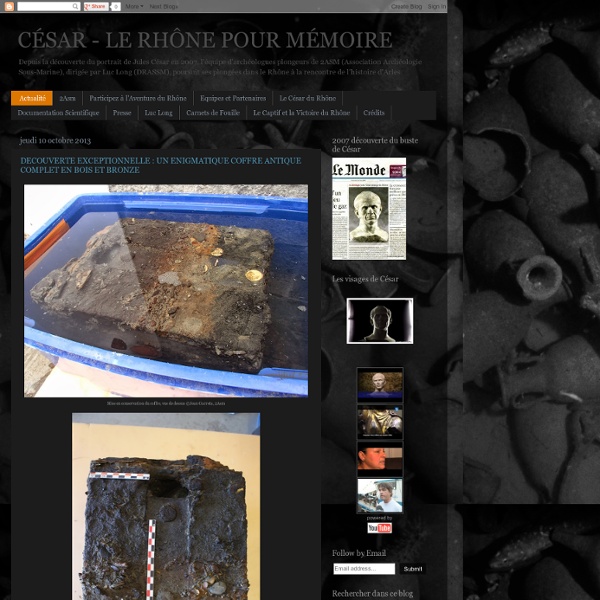



Le plus ancien bateau cousu de Méditerranée L'épave de Zambratija en Croatie − Ph. Groscaux, CNRS, CCJ Giulia Boetto, archéologue naval, est chargée de recherches au CNRS, dans le Centre Camille Jullian à Aix-en-Provence. Vous venez de participer à la découverte d'une épave très rare. Il s'agit des restes d'un bateau d'une douzaine de mètres de long, dont un peu plus de la moitié de la coque est conservée. En quoi cette découverte est-elle importante ? Trouver un bateau de l'âge du bronze est exceptionnel. Le bateau croate était cousu. Giulia Boetto (photo Ranko Frka) C'est l'une de deux manières d'assembler la coque d'un bateau. D'où pouvait venir cette épave ? Il s'agit presque certainement d'un bateau construit localement. En outre, les archéologues croates ont fait une découverte très intéressante. Quelle va être la suite des recherches ? Nous avons prélevé deux échantillons de la coque, que nous avons transmis à des collègues spécialistes de la datation par les cernes du bois. Propos recueillis par Nicolas Constans.
Greek Tomb Held at Least Five Corpses It wasn't just a single skeleton that lay buried in the mysterious, lavishly decorated tomb in Amphipolis in northern Greece. Dating to between 325 B.C. -- two years before Alexander the Great's death -- and 300 B.C., the burial contains the remains of at least five individuals, the Greek culture ministry said on Monday. Skeleton Emerges From Mysterious Greek Tomb Deepening the mystery as to who the burial was dedicated to, the much awaited announcement came at the end of an extraordinary archaeological exploration that winded through huge decapitated sphinxes, walls guarded by colossal female statues, and floors decorated with stunning mosaics. The excavation seemed to have approached its natural conclusion three months ago, when a team led by Katerina Peristeri unearthed a skull and other skeletal remains from limestone grave buried deep beneath the tomb’s floor. But what appeared to be the tomb's sole occupant turned to be a composition of 550 bones.
Passeur de sciences | Petites et grandes nouvelles dans l'actualité des sciences et de l'environnement